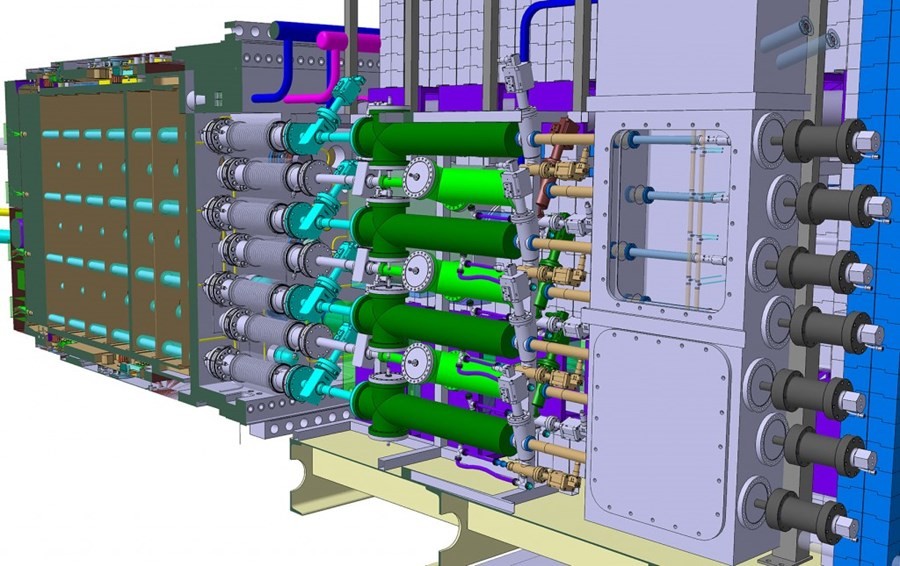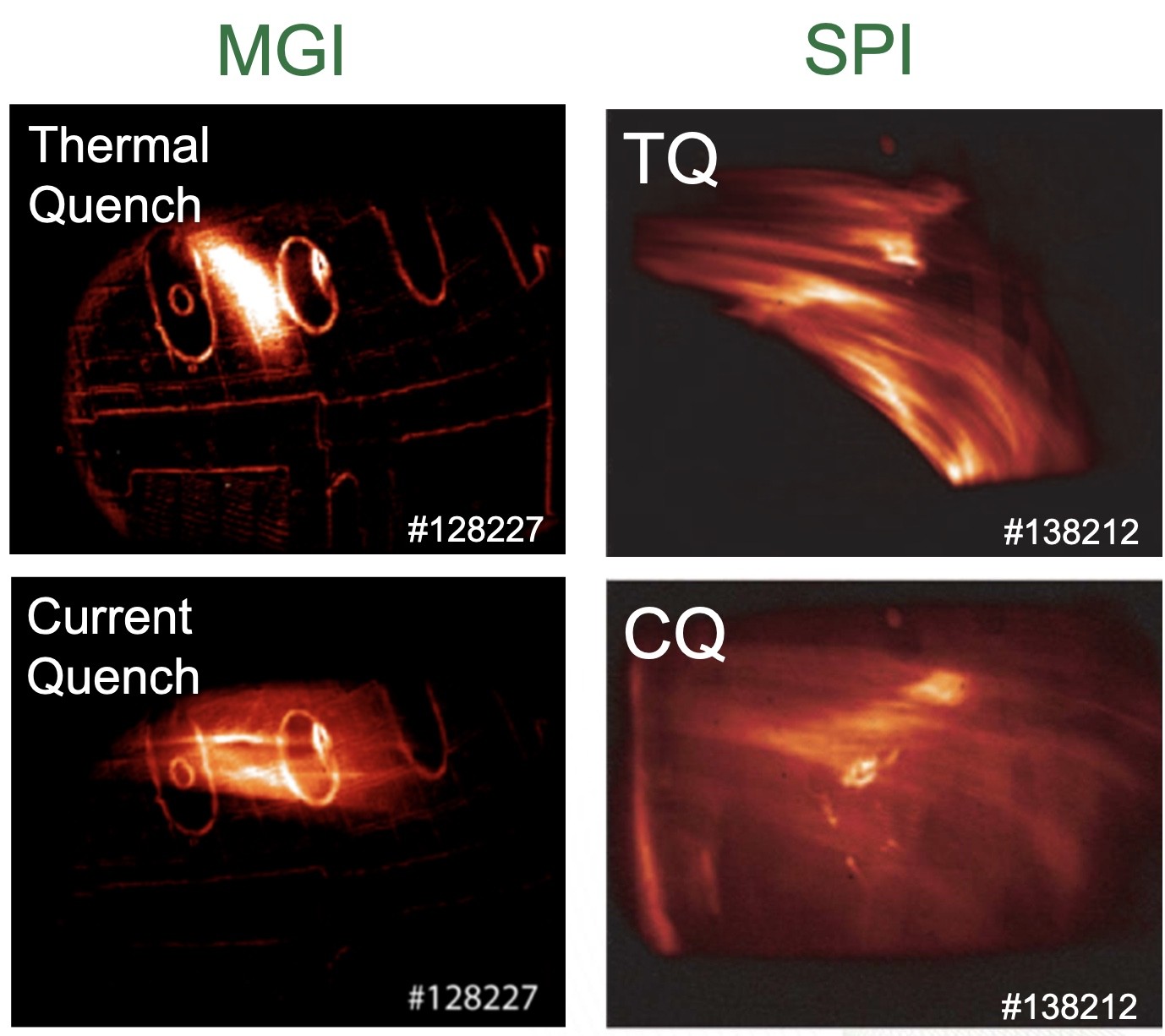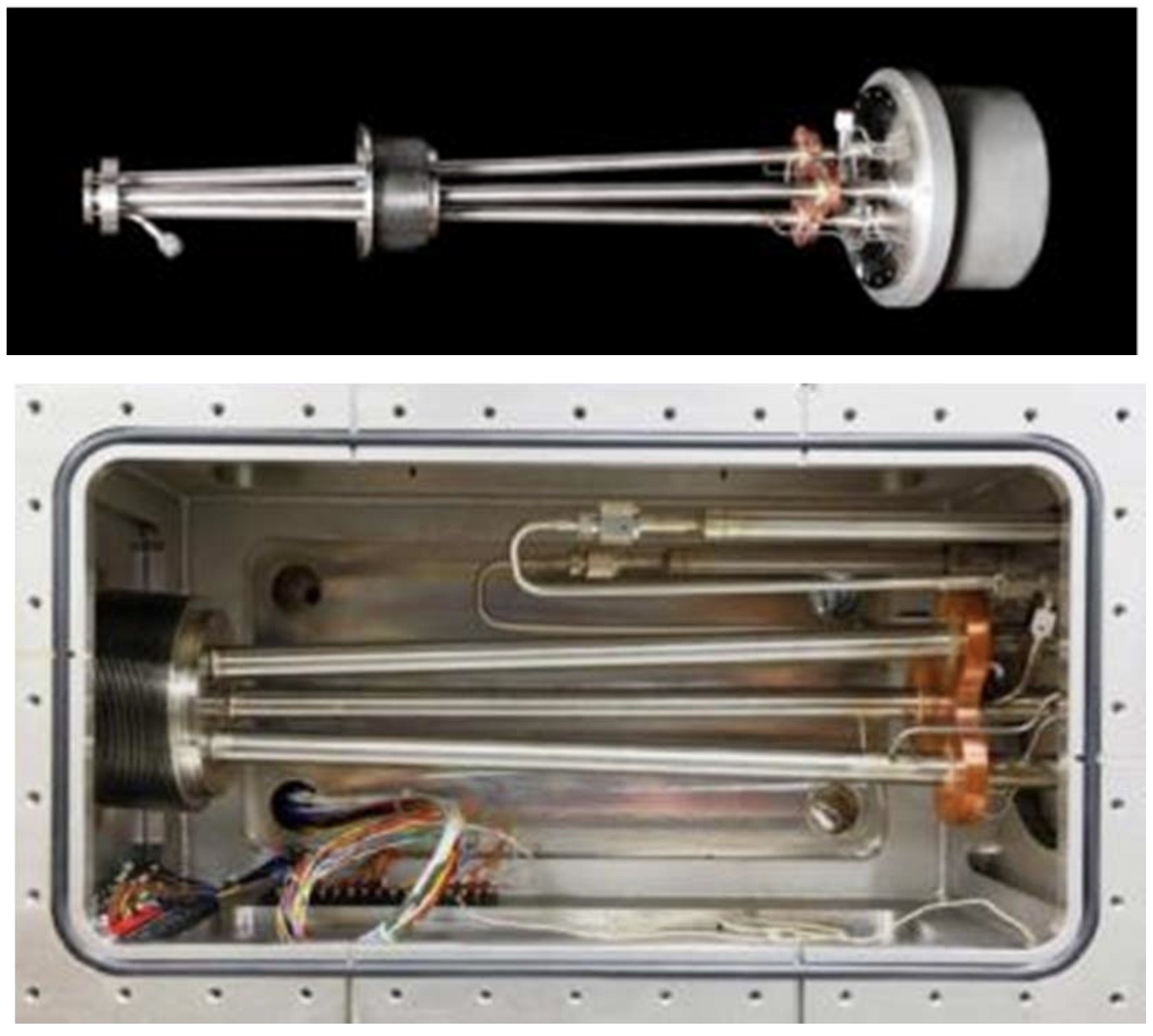Columbia research in this area targets one particular effect of the disruption, which is the energization of relativistic particles which can reach mega-electron volt energies, comparable to that in a modestly sized particle accelerator. These particles must be controlled, and Columbia researchers are pioneering both the experimental techniques and foundational theoretical research needed to achieve a robust control.
One particular area of focus in experimental work is the use of intrinsic and purposefully applied magnetic fields to alter the trajectories of these particles, leading them to exit the plasma in a more benign way. Theoretical research is understanding how data collected at existing facilities maps to what might be observed in the ITER fusion reactor.


